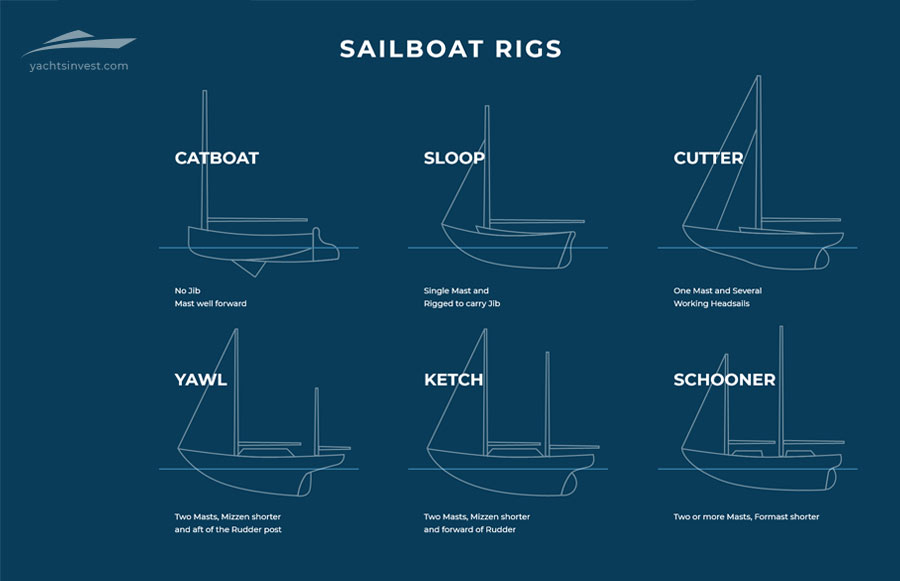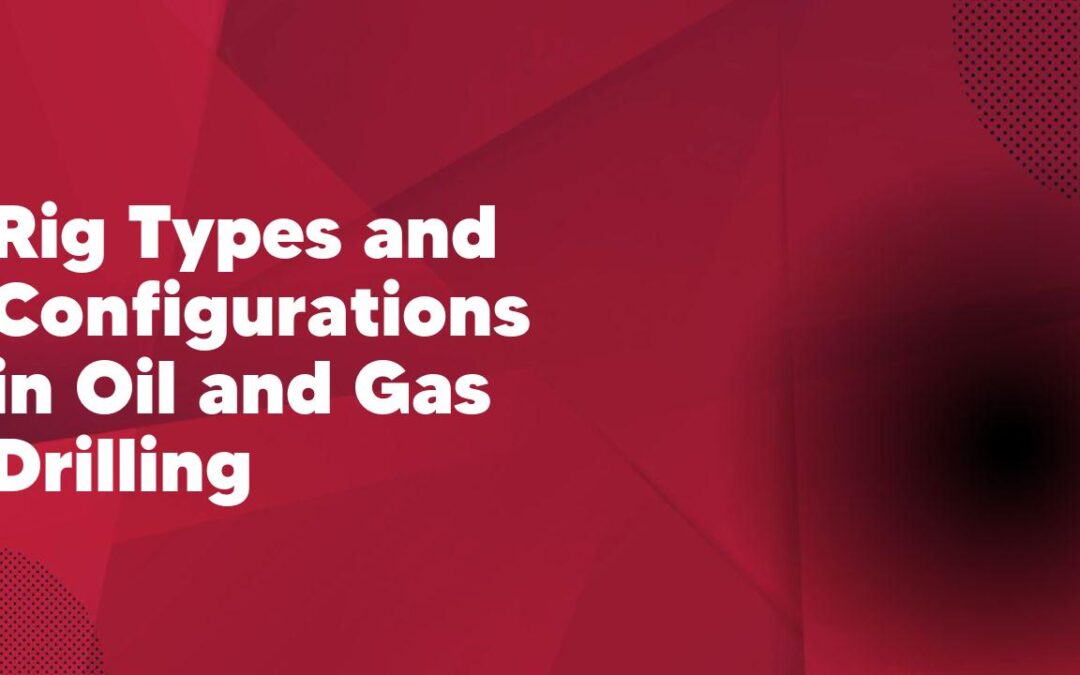Oil and gas drilling operations require various types of rigs and configurations to extract these valuable resources. Understanding the different rig types and their configurations is crucial for successful drilling operations. This article provides an overview of the most common rig types and configurations used in the oil and gas industry, including their functionalities and advantages.
1. Introduction to Rig Types in the Oil and Gas Drilling Industry
In this article, I would like to provide an introduction to the different types of rigs used in the oil and gas drilling industry. As a professional working in this field, I understand the importance of having a clear understanding of the different rigs and their functionalities. There are several types of rigs, including land-based rigs, offshore rigs, and submersible rigs. Each type has its own unique features and advantages, depending on the specific drilling requirements. By knowing the different rig types, professionals in the industry can make informed decisions and ensure efficient and safe drilling operations.
2. Key Factors in Configuring Rigs for Efficient Drilling Operations

When it comes to configuring rigs for efficient drilling operations, there are two key factors that cannot be overlooked. Firstly, the choice of drilling equipment plays a vital role in determining the overall effectiveness of the operation. It is essential to select equipment that is not only reliable but also tailored to the specific geological conditions of the drilling site. Additionally, the skill and expertise of the drilling crew are equally important. A well-trained and experienced crew will not only ensure that the equipment is being used correctly but also be able to quickly identify and resolve any technical issues that may arise during the drilling process. These two factors, in combination, are crucial in maximizing efficiency and achieving successful drilling operations.
3. Understanding the Different Rig Configurations: Onshore vs. Offshore
When it comes to drilling for oil and gas, it is important to understand the different rig configurations used for onshore and offshore operations. Onshore drilling refers to drilling wells on land, typically in areas that are easily accessible. Onshore rigs are generally smaller and less complex than offshore rigs, as they don’t need to withstand harsh weather conditions and deep waters. Offshore drilling, on the other hand, involves drilling wells in bodies of water, such as oceans or seas. Offshore rigs are larger and more technologically advanced, as they must be able to operate in extreme conditions and reach great depths. Understanding these differences is crucial for anyone working in the oil and gas industry, as it can affect the equipment, safety measures, and overall operations.
4. Exploring the Various Drilling Techniques Utilized with Different Rig Types
When it comes to drilling techniques, there are various methods that are utilized depending on the type of rig being used. Each rig type has its specific drilling techniques that are most effective in maximizing efficiency and productivity. For example, in land-based rigs, rotary drilling is commonly used, which involves rotating a drill bit to penetrate the Earth’s surface. On the other hand, in offshore rigs, such as jack-up or floating rigs, dynamic positioning drilling is often employed. This technique uses advanced computer systems to maintain the rig’s position while drilling. Additionally, directional drilling is another technique that is commonly used, allowing drilling to be conducted at an angle rather than straight downward. Overall, understanding the different drilling techniques used with different rig types is crucial in successfully exploring and extracting resources from the Earth’s surface.
5. Advancements in Rig Technology: Automated Systems and Robotics in Drilling
In recent years, there have been significant advancements in rig technology, particularly in the use of automated systems and robotics in drilling operations. As a drilling engineer, I have witnessed the transformative impact that these technologies have had on our industry. By integrating automation and robotics into drilling processes, we have been able to enhance operational efficiency, reduce human error, and improve safety conditions on the rig. These automated systems and robots can perform tasks that were once done manually, such as pipe handling and wellbore navigation, with greater precision and accuracy. Moreover, they can operate in harsh and challenging environments, eliminating the need for human workers to expose themselves to potential hazards. With the continued development and adoption of these technologies, I am optimistic about the future of drilling and its potential to revolutionize the oil and gas industry.
6. The Future of Rig Types and Configurations in the Oil and Gas Industry
In my opinion, the future of rig types and configurations in the oil and gas industry is poised for significant changes. As technology continues to advance, we can expect to see a shift towards more intelligent and automated rigs. These rigs will be capable of performing tasks with greater precision and efficiency, reducing the need for human intervention. Additionally, I believe there will be a greater emphasis on environmentally friendly rig designs, such as those that minimize carbon emissions and waste. As the industry becomes more conscious of its impact on the environment, rig types and configurations will evolve to align with these sustainability goals. Furthermore, I anticipate an increased utilization of modular and mobile rigs, allowing for increased flexibility and adaptability in remote and challenging environments. Overall, the future of rig types and configurations is exciting and promising, promising a more efficient, sustainable, and adaptable industry.
Conclusion
In conclusion, there are several types and configurations of rigs used in oil and gas drilling, each with its own advantages and disadvantages. The selection of the rig type and configuration depends on various factors such as the geological conditions, well depth, and drilling objectives. It is important for drilling companies to carefully consider these factors and choose the most suitable rig to ensure efficient and successful drilling operations.
1. What are the different rig types used in oil and gas drilling?
There are several rig types used in oil and gas drilling, including land rigs, offshore rigs, and platform rigs.
2. What is a land rig?
A land rig is a drilling rig that is designed to be set up on land, typically on a drilling pad. It is often used for onshore drilling operations.
3. What is an offshore rig?
An offshore rig is a drilling rig that is designed to be used in offshore drilling operations, where the rig is set up on a floating vessel or fixed platform.
4. What is a platform rig?
A platform rig is a type of rig that is specifically designed to be used on offshore platforms. These rigs are typically smaller in size and are used for drilling operations on fixed platforms.
5. What are the main components of a drilling rig?
A drilling rig consists of several main components, including the derrick, drill string, power system, mud system, and well control equipment.
6. How are drilling rigs classified?
Drilling rigs can be classified based on various factors, such as the drilling method used (rotary, directional, or horizontal drilling), the power source (electric, diesel, or natural gas), and the drilling depth capacity.

